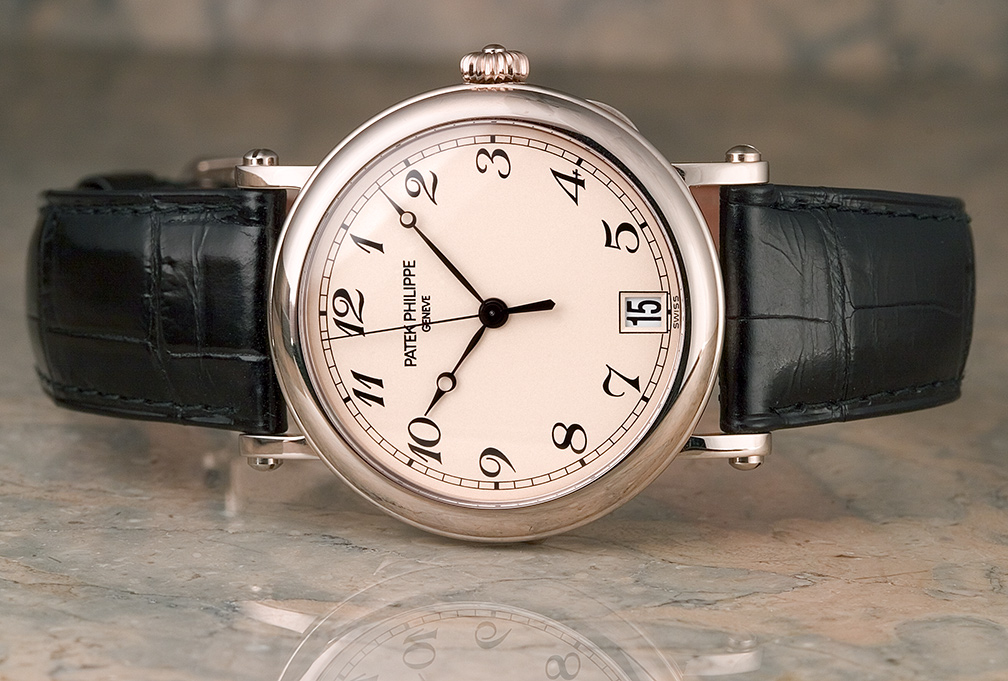
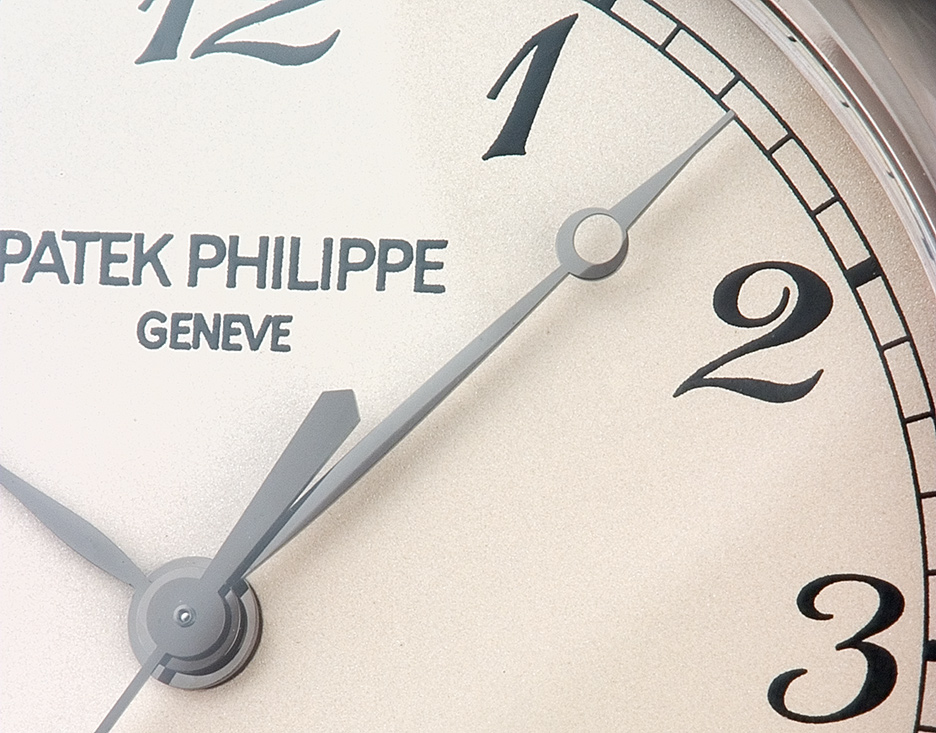

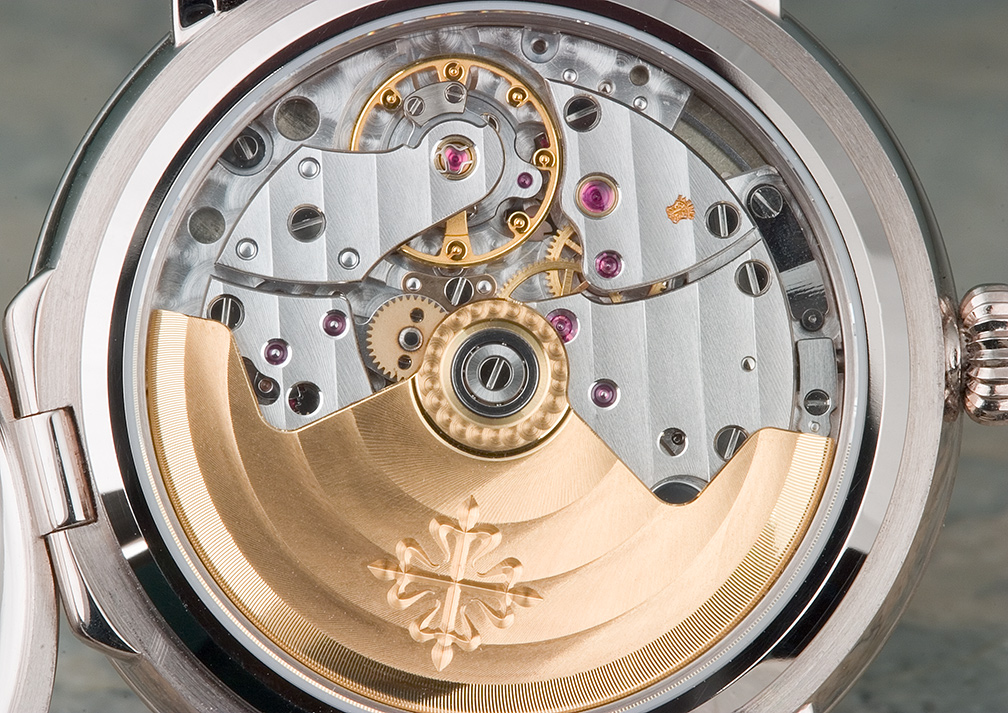

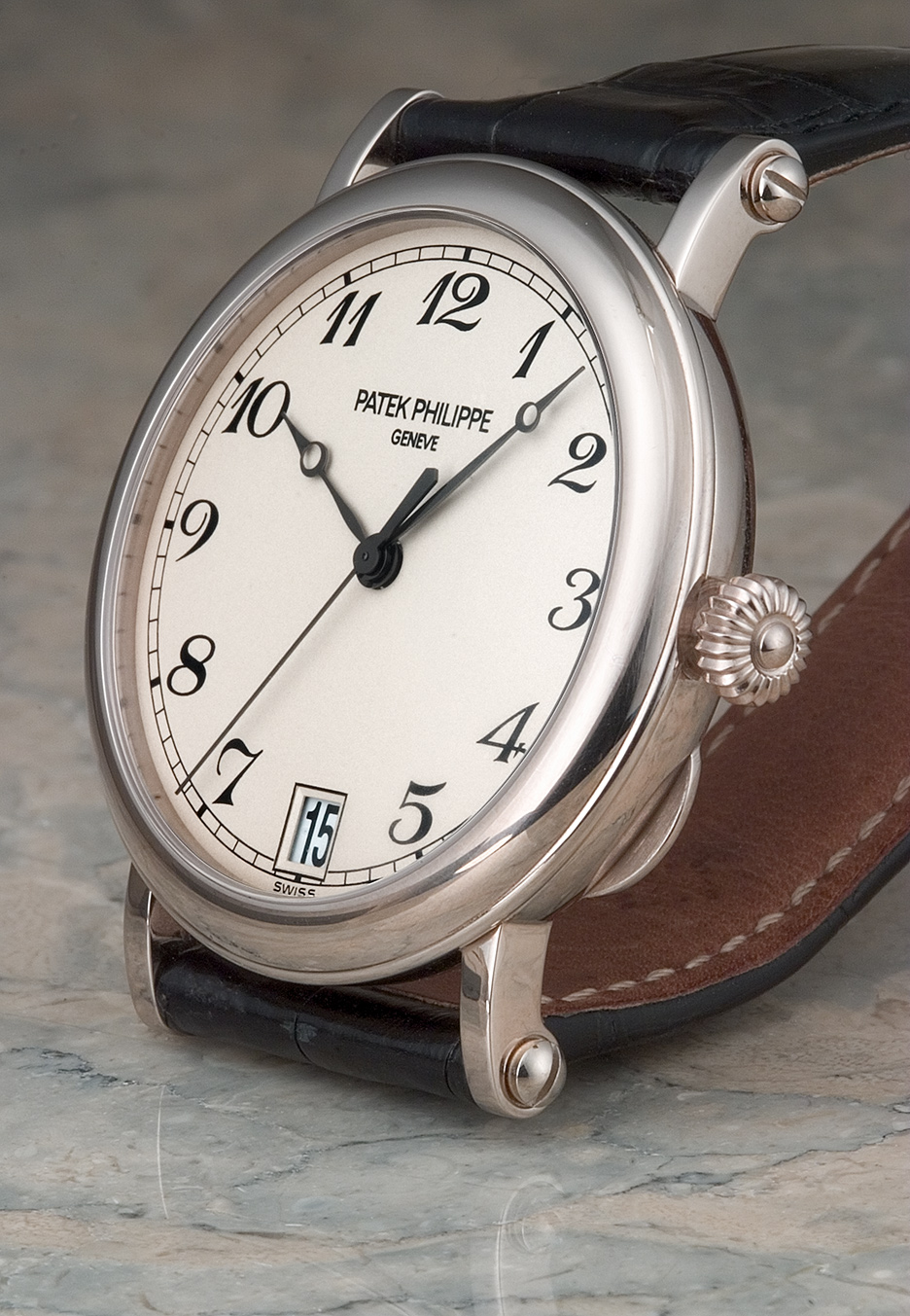
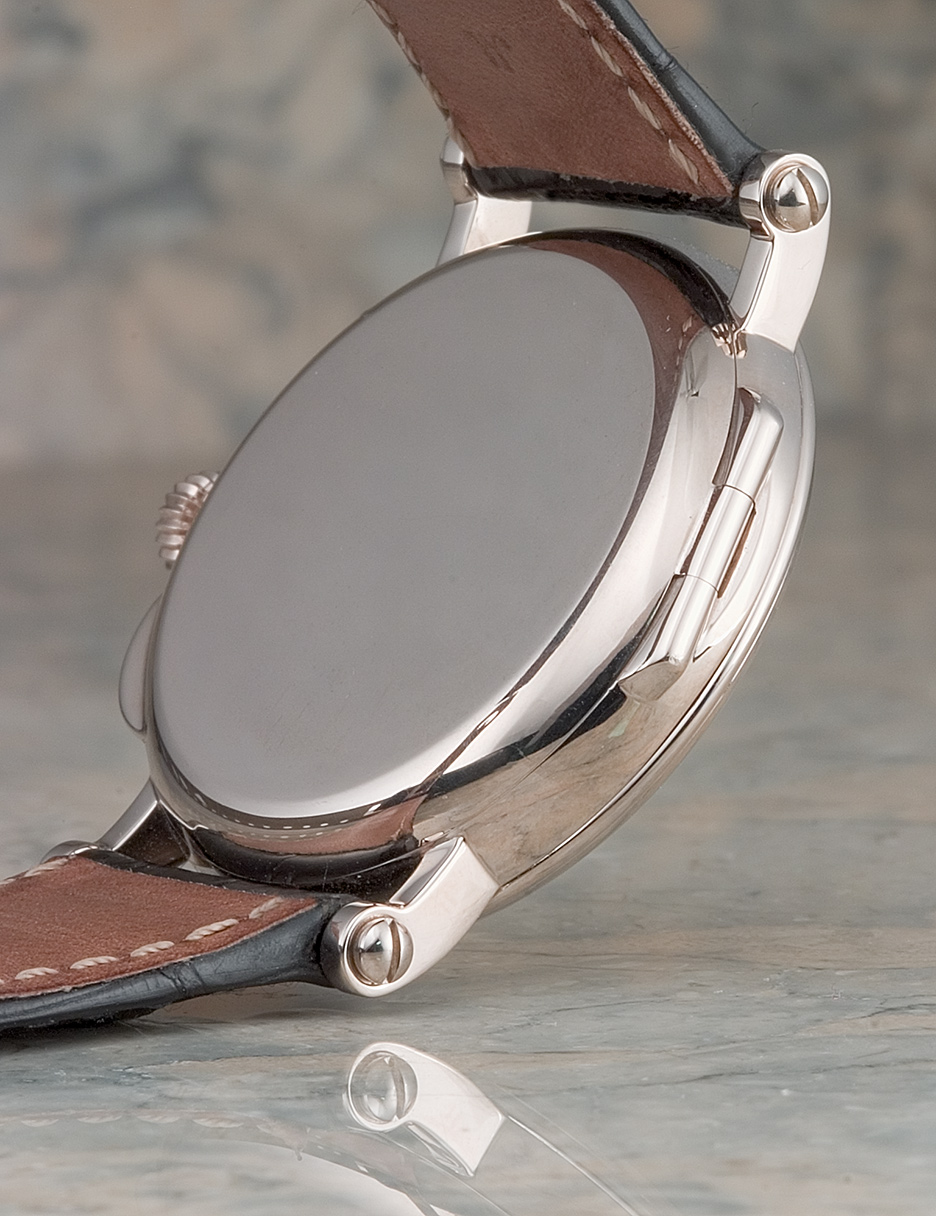
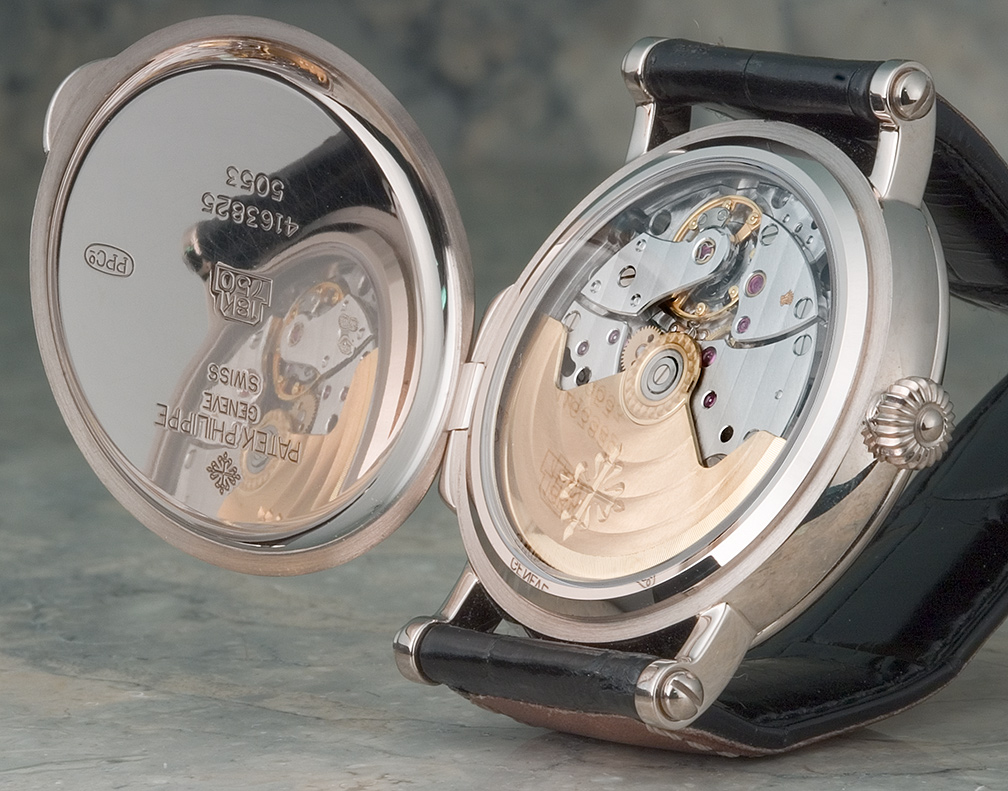
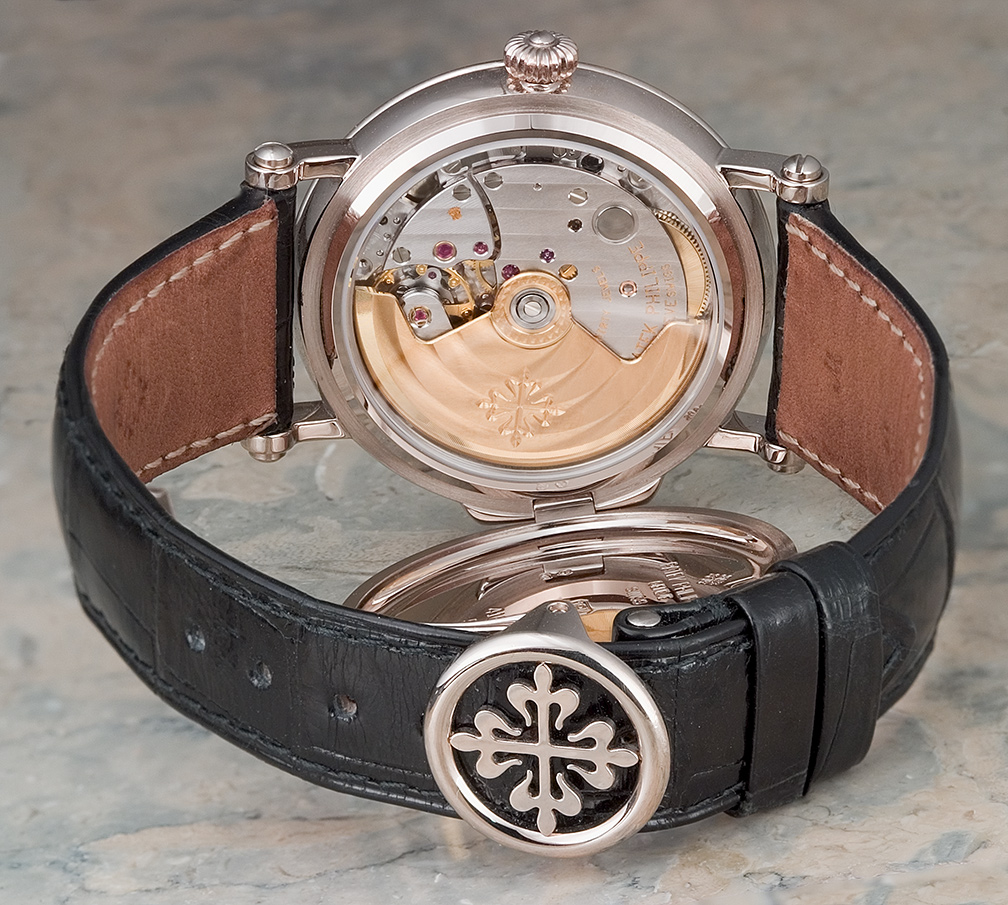
Please check out the rest of my Watch Articles and Pics
I hope you enjoyed this!
SteveG
August 19, 2004
All content Copyright asserted 2003









Please check out the rest of my Watch Articles and Pics
I hope you enjoyed this!
SteveG
August 19, 2004
All content Copyright asserted 2003